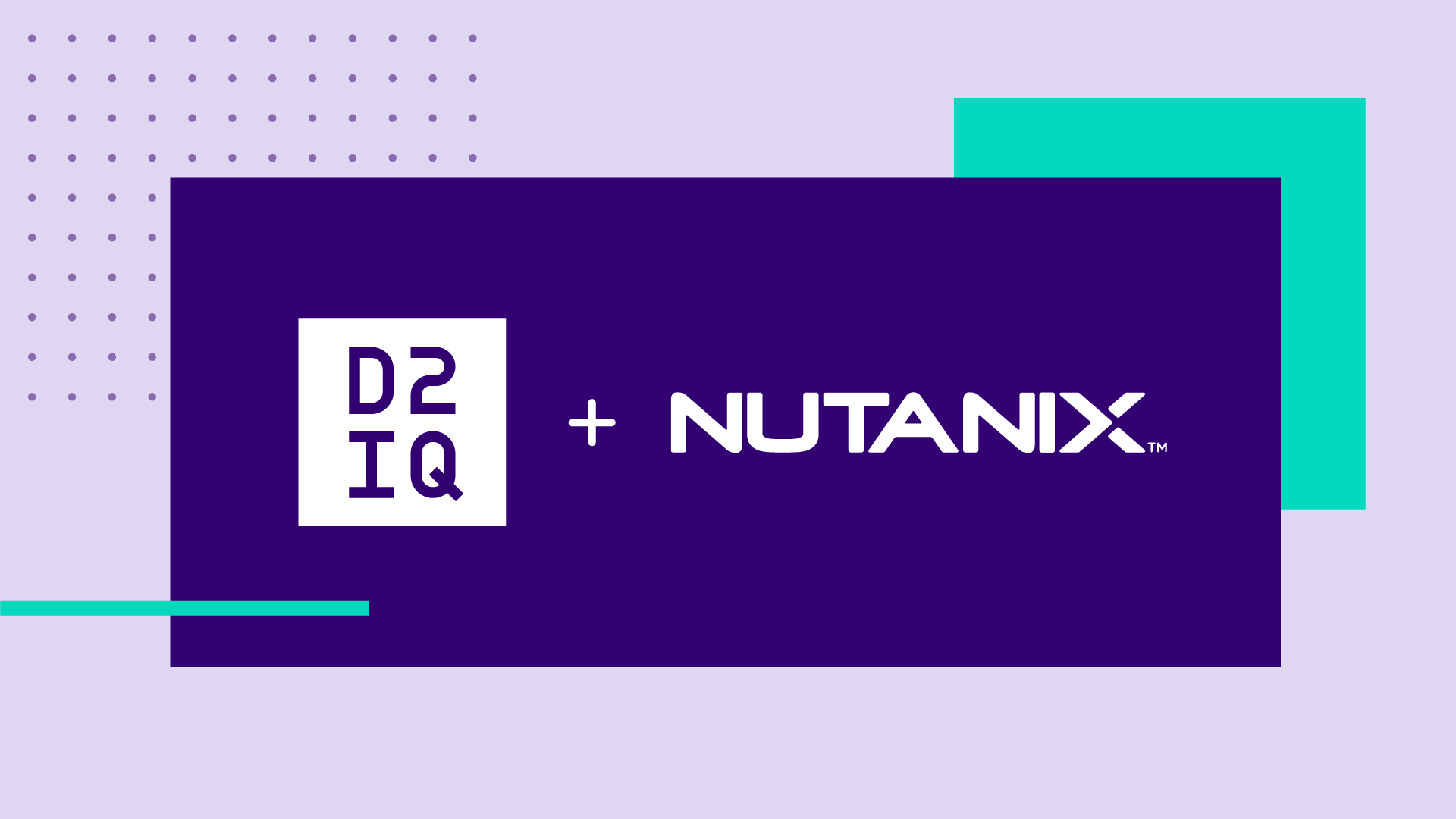As your organization adopts more clusters and workloads to increase time-to-value, the operational impacts can be detrimental to the business. And if you don’t tread lightly, you can expect a serious storm that will last for some time.
Here are three ways that cluster sprawl is creating significant waste and risk for organizations today:
1. Unable to keep track of your fleet
Standing watch while your fleet is at sea keeps a captain and its crew safe from impending dangers. Governance of clusters and workloads is no different. When adopting Kubernetes, many organizations will face regulatory, intellectual property, or security concerns based on where services and other critical resources are running. When there’s a lack of centralized governance and visibility over how and where these resources are provisioned, it introduces organizational risk, as clusters may have inconsistent software builds or versions, making them difficult to support. And this can lead to inconsistent security controls, as well as compliance, regulatory, and IP challenges along the way.
“Developers are introducing a lot of new stacks and enterprises find themselves with 10-15 different ways to provision Kubernetes clusters,” says D2iQ’s CTO, Tobi Knaup. “And the teams that are in charge of governance aren’t even aware of these things.”
2. Duplication of effort and work
Managing a small fleet is one thing, but trying to manage a navy of clusters across multiple clouds becomes exponentially more difficult. As the number of Kubernetes deployments grow, so do the number of clusters. And with each new added cluster comes new overhead to manage a separate set of configurations. So when it comes to patching security issues or upgrading versions, your team is doing five times the amount of work, deploying services and applications repeatedly within and across clusters. In addition, all configuration and policy management, such as roles and secrets, are repeated, wasting time and creating the opportunity for mistakes. Without an easy way to centrally manage multiple clusters and workloads, you’ll be steering your ship for months while sailing in circles.
3. No division of labor between crew members
When time-to-market is a business imperative, developers need to kick into high gear to rapidly deploy code at scale. Kubernetes is popular amongst developers because it enables them to spin up their own environments with ease and agility. However, they tend to lose that flexibility when their platforms are brought into IT operations, who need consistent ways of administering, standardized user interfaces, as well as managing and obtaining insights about their infrastructure. The challenge becomes how do you find the right balance between that flexibility and enforcing governance? Otherwise, you’ll be steering your organization into treacherous waters without a compass.










